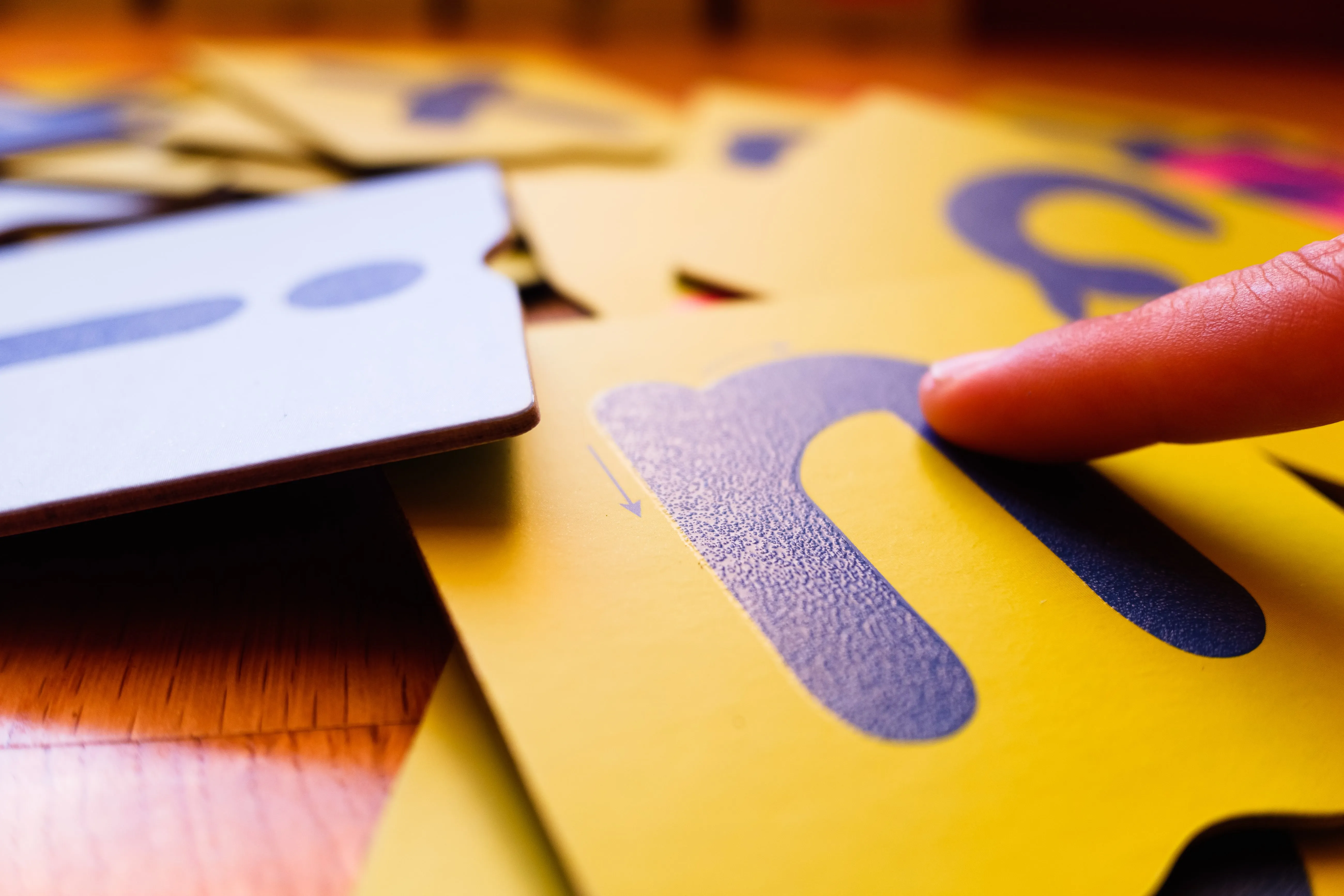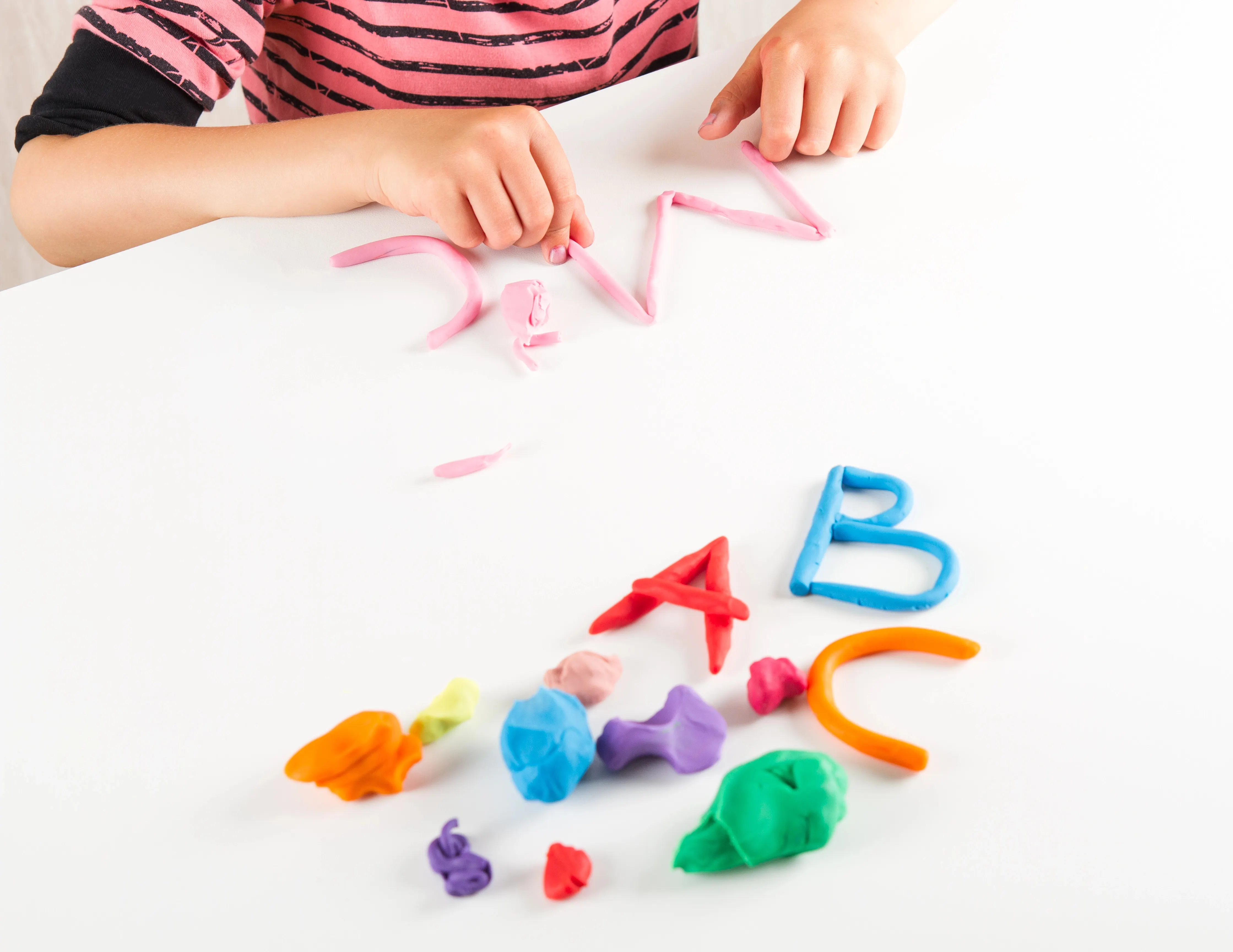What is Auditory Processing?
Auditory processing is how the brain makes sense of the sounds we hear. It’s not just about having good hearing—it’s about understanding and organizing sounds in a meaningful way. Some children struggle with this, making it hard for them to differentiate similar sounds, like “pat” and “bat.” This can affect their speech, reading, writing and overall communication skills.
How Can Texture Help?
Many children with auditory processing challenges learn best when multiple senses are engaged. This is where texture comes in. Touching different textures while listening to words and sounds can provide an additional sensory input, helping the brain make stronger connections between what is heard and what is felt.
For example, if a child is learning to hear the diff erence between “cat” and “hat,” feeling something soft like a piece of fur while saying “cat” and a rough piece of fabric while saying “hat” can create a stronger memory link between the word and its meaning.
Why Does This Work?
The brain processes sensory information in an interconnected way. When a child touches something while hearing a sound, it engages multiple areas of the brain, reinforcing learning. This is why hands-on activities, like using sandpaper letters or feeling different textures while practicing speech sounds, can be so effective.
How can this be used in Fast ForWord?
When a child is clearly struggling to make progress in any of the sound exercises in Fast ForWord such as Sky Gym, I often suggest to parents to touch the back of their child’s hands with different textures when the sounds are presented to them. For example, a smooth fabric for high-pitched sounds and a rough surface for low-pitched sounds. This provides an extra level of support and can help the child to distinguish the sounds. In some cases, this can have a dramatic effect for the child enabling them to complete the exercise quickly and easily and can be life-changing helping them to process speech sounds at normal speed by reinforcing the neural connections.


